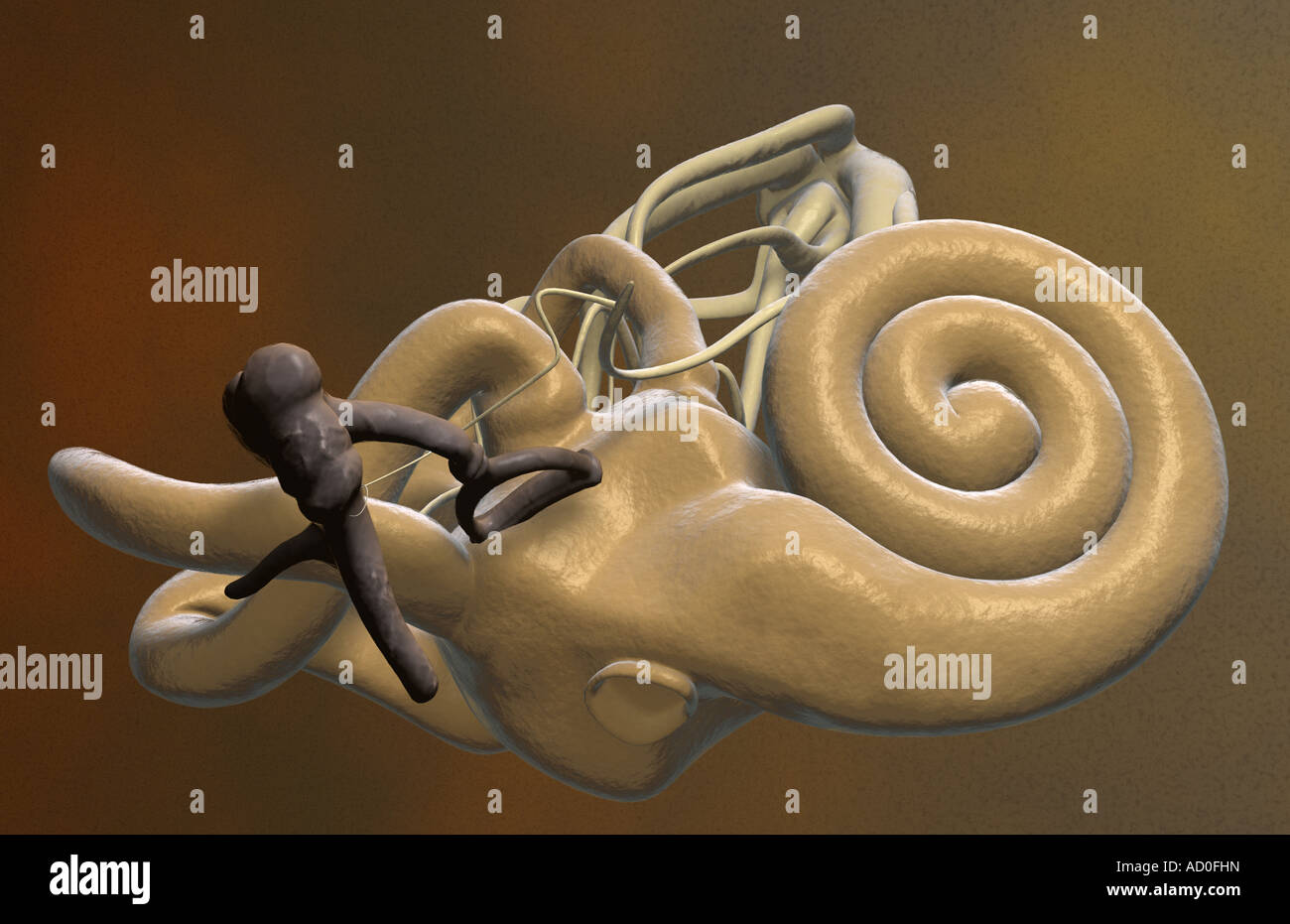
The surgery is done through the ear canal with an operating microscope, or endoscope. In general, the stapes surgery is an outpatient procedure that can be done under local or general anesthesia. Surgery for otosclerosis is called a stapedectomy or stapedotomy. If a patient is prone to dizziness or has a diagnosis of Ménière’s disease, then trying a hearing aid before surgery may be advised.
#Anvil ear part trial#
In some states, a hearing aid trial may also allow you to sample a device prior to purchase. Cost, style, fit, and possible benefits of a hearing aid should be discussed with your ENT specialist. Hearing aids can help overcome a fixed stapes by increasing the sound volume. Some medicines such as sodium fluoride or bisphosphonate supplements have been reported to limit the worsening of otosclerosis, but there is no definitive evidence of preventing its progression. Observation is recommended only for mild hearing loss.

The main options for otosclerosis include observation with repeated hearing tests, a hearing aid(s), or surgery. Based on the exam findings and test results, your doctor can make an accurate diagnosis and recommend treatment options that are best for you. The hearing test can also help determine if the stapes is not vibrating correctly, and your ENT specialist may request imaging scans of the ear. Patients with otosclerosis can also have inner ear hearing loss, called sensorineural hearing loss. A common finding is conductive hearing loss that is worse in low-frequency tones. After an examination, your ENT specialist may order a hearing test, or audiogram. Transmission of the gene that causes otosclerosis is complex and not everyone who has the gene will develop the condition.īecause many symptoms seen with otosclerosis can be caused by other medical or ear-related conditions, it’s important to be examined by an ENT (ear, nose, and throat) specialist, or otolaryngologist.

Otosclerosis affects both ears approximately 70 percent of the time, however, the amount of hearing loss may not be the same in each ear.Īpproximately 60 percent of otosclerosis has an underlying genetic cause. The condition can develop in both women and men, although it has a higher incidence in woman and has been linked to rapid onset during pregnancy. Hearing loss can happen anytime, but it often begins in young adults, those in their twenties or thirties.

An estimated 2.5 to 10 percent of adults have some otosclerosis in their middle ear.


 0 kommentar(er)
0 kommentar(er)
